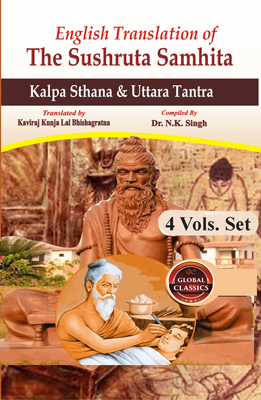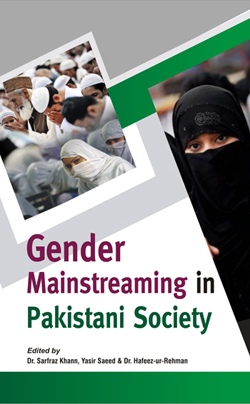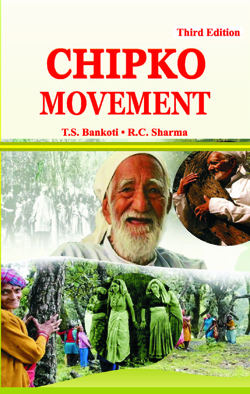Description
The Sushruta Samhita is one of the most important treatises on medicine and surgery of the ancient world which discuss many subjects of medical science such as General Principles, Pathology, Diagnosis, Anatomy, Sensorial Prognosis, Therapeutics, Pharmaceutics and Toxicology. This treatise is divided into 186 chapters and contains descriptions of 1,120 illnesses, 700 medicinal plants, 64 preparations from mineral sources and 57 preparations based on animal sources. For the sake of convenience, the entire work of the Sushrata Samhita has been classified into four volumes, the first volume containing only the Sutra Sthana; the second volume includes two sections Nidana Sthana and Sharira Sthana; Chikitsa Sthana has been compiled in the third volume; and the fourth volume includes Kalpa Sthana and Uttara Tantra. Some of the important diagrams of surgical instruments are in the introductory section of this Compendium. This Compendium is of great historical importance because it includes historically unique chapters describing surgical training, instruments and procedures which is still followed by modern science of surgery.
Shushruta, known as the ‘father of Indian surgery’, was believed to have been born in the Eastern part of India near Bihar. His treatise is considered to be one of the most important surviving ancient works on medicine and a foundational text of Indian medical science. His description of anatomical specimens included over 300 bones, as well as types of joints, ligaments and muscles from various parts of the body. His erroneous accounts of the skeleton, Susruta offered an in-depth understanding of bones, muscles, joints and vessels that far exceeded the knowledge of the time. His belief that for one to be a skilful and erudite surgeon, one must first be an anatomist. He treated numerous cases of Nasa Sandhan (rhinoplasty), Oshtha Sandhan (lobuloplasty), Karna Sandhan (otoplasty). Even today, rhinoplasty described by Shushruta in 600 BC is referred to as the Indian flap and he is known as the originator ofplastic surgery.











Reviews
There are no reviews yet.